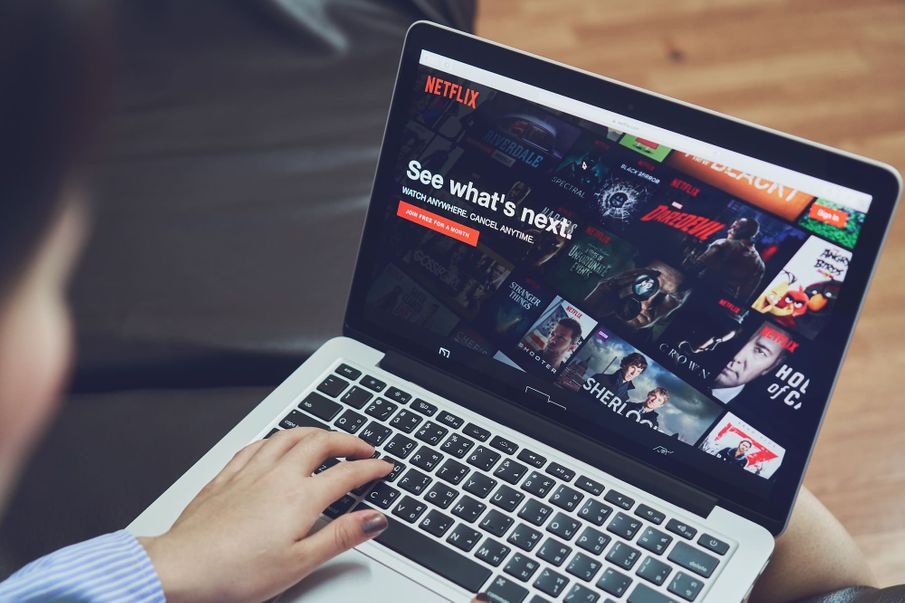New study observed a 28.9% increase in suicide rates of 10-17 year olds following the release of the Netflix show
The report, published in the Journal of the American Academy of Child and Adolescent Psychiatry, found that the number of suicides by young Americans rose by nearly a third in April 2017 - the month immediately after Netflix launched 13 Reasons Why.
The researchers assessed monthly rates of suicide among individuals aged between 10 and 64 between 1st January 2013 and 31st December 2017. The data compares rates before and after the release of the show, on 31st March 2017. The data was grouped into 3 age categories: 10-17, 18-29 and 30-64 years.
After accounting for external and relating factors (including the underlying increasing trend in monthly suicide rates), the research found a significant increase in the suicide rate among 10 to 17 year olds in April 2017. Significantly, this was greater than any other month over the five-year period examined.
Not only that but higher than average rates were also witnessed in the subsequent months. Overall, there were 195 more suicides than expected in the nine months after the show premiered, based on historical and seasonal trends.
Additionally, contrary to expectations, the increase was driven primarily by young boys.
A study shows an increase in youth suicide rates after “13 Reasons Why” premiered on Netflix. pic.twitter.com/kLehbYbMlZ
— HuffPost (@HuffPost) April 30, 2019
Despite the dramatic increase found amongst the youngest age group, researchers found no significant change in level or trend of suicide in either of the other age groups. Researchers also assessed the impact of the show’s release on a control outcome - homicide deaths. However, there was no significant change in the rates of homicide within any age group.
Whilst there is no direct causation cited in the report, the dramatic rise has left cause for concern.
“The results of this study should raise awareness that young people are particularly vulnerable to the media,” said the study’s co-author Lisa Horowitz, a scientist at the National Institute of Mental Health. “All disciplines, including the media, need to take good care to be constructive and thoughtful about topics that intersect with public health crises.”
The Netflix show tells the story of a teen, Hannah, who leaves behind a series of 13 tapes describing why she decided to take her own life. The graphic scene of her suicide in the first season's final episode caused a backlash among parents and mental health professionals, with experts raising concerns of copycat behaviour. As a result, Netflix was prompted to put up additional viewer warnings and direct viewers to a support toolkit.
Despite continued concerns, a second season was released in May 2018 and a third season is currently in production.
Netflix’s CEO, Reed Hastings, defended the third season renewal at a shareholder meeting in June 2018. “13 Reasons Why has been enormously popular and successful. It's engaging content. It is controversial. But nobody has to watch it,” Hastings said.
Of course, we all have the choice to consume media. But, the significance of these latest findings should serve as a reminder for Netflix, and other media giants alike, to be mindful of the possible unintended impacts of the portrayal of suicide.
If you do experience distressing feelings/thoughts whilst watching or after watching 13 Reasons Why, contact the Samaritans for immediate support. Available 24/7 and free to call any time from any phone in the UK or ROI on 116 123; or email jo@samaritans.org.
13 Reasons Why may not be recommended for viewers if:
- They have experienced or are currently experiencing feelings of depression, thoughts of self-harm, suicidal thoughts, have been the victim of sexual assault or bullying.
- They are under 18. Although the show has an advisory age rating of 18 and above, experts have advised parents against outright banning teens from watching the show. Mental health professionals have instead suggested parents watch it together with teens who show an interest in the show, to help keep dialogue open.


Comments